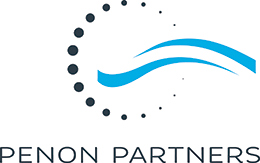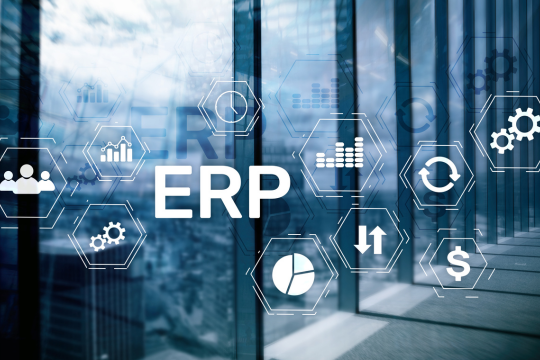Not all ERPs offer the same features. Therefore, it’s important to assess your needs, what’s mandatory, nice to have, or not really necessary. 2 companies can generate the same annual revenue, one with one monthly invoice of $1M to one customer, the other billing $12 dollars one million times a year to thousands of customers; they will surely have very different requirements.
Here are 7 things you need to check when choosing your next ERP:
- Data Management: Evaluate the system’s ability to maintain customer records, track customer interactions, and manage customer credit limits, price lists, and payment terms.
ㅤ - Invoicing and Billing: Ensure that this ERP supports your invoice formats, prices, and discount structure, allows for customization of invoice templates, and automates invoice generation and delivery.
ㅤ - Payment Processing: The system should enable efficient and secure payment processing and provide multiple payment options for customers, especially in B2C. In B2B, check the capabilities for digital payments (ACH) compared to checks, which can be time-consuming.
ㅤ - Cash Application: Assess the capabilities for cash application. Automatic matching of customer payments with corresponding invoices is a feature that streamlines the cash application process and reduces manual effort.
ㅤ - Collections Management: Ensure that the collections management features meet your needs. Check the ability to manage outstanding receivables to automate payment reminders and statement reconciliations. The system should facilitate collection escalation efforts, effective dispute management, and efficient communication within the organization to maintain healthy customer relationships. You may even consider integrating with your CRM to improve visibility and enhance customer service.
ㅤ - Credit and Risk Management: Consider whether you need credit and risk management tools to assess customer creditworthiness, set credit limits, and monitor credit exposures. This helps minimize the risk of bad debts and improve overall AR performance.
ㅤ - Aging and Reporting: Review the ERP’s aging reports for accounts receivable and check if you can customize them. Also, review other reports such as AR performance metrics, like DSO (Daily Sales Outstanding). These reports provide insights into outstanding invoices, payment trends, and customer payment behavior for more effective management of Accounts Receivable.
By considering these specific points related to accounts receivable, you can select an ERP system that effectively manages your AR processes, streamlines cash flow, reduces bad debts, improves collections, and enhances customer relationships.
Need Help? Let’s discuss together how Penon Partners consultants can help you.
Contact me at cdevies@penonpartners.com or let’s chat on LinkedIn at Carole Devies | LinkedIn.

